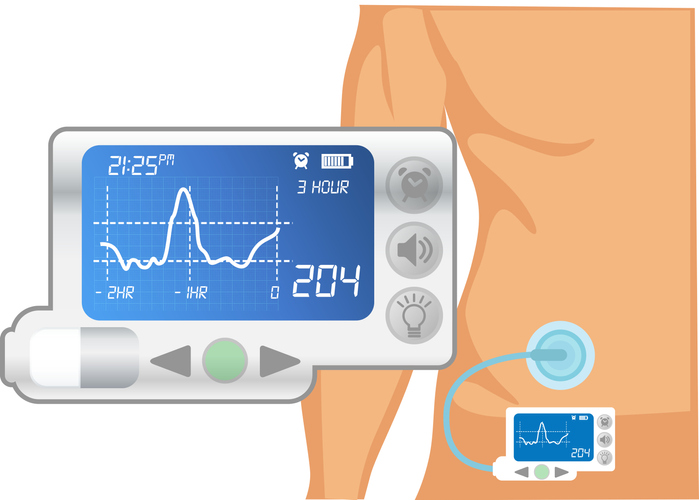Where Are We With Closed Loop?
By Arvind Sommi
 A closed-loop system enables your CGM to communicate with your insulin pump to adjust your insulin dosage throughout the day. Researchers at ATTD 2023 presented the latest developments in closed-loop technology and provided a glimpse into the future.
A closed-loop system enables your CGM to communicate with your insulin pump to adjust your insulin dosage throughout the day. Researchers at ATTD 2023 presented the latest developments in closed-loop technology and provided a glimpse into the future.
At the ATTD 2023 conference in Berlin, four leading researchers discussed recent improvements to closed-loop technology, often referred to as the artificial pancreas due to how the system mimics the natural function of the pancreas with minimal human input.
Closed loop benefits across all ages
“The short story is that everybody benefits from closed loop to one degree or another,” said Roman Hovorka, professor of metabolic technology research at the University of Cambridge.
Hovorka began the session by overviewing how the Cambridge Artificial Pancreas System (CamAPS) has been shown to be beneficial for all age groups. Hovorka explained that young children have the highest glucose variability and, therefore, their insulin dose needs to change constantly – making them one of the most vulnerable populations. Hovorka presented data from a clinical trial showing that CamAPS improved Time in Range (TIR) and reduced A1C for young children.
Likewise, Hovorka highlighted that adults over 60 years old also benefited from closed-loop technology but faced unique barriers. “Those over 60 don’t like changing what they do, so it took them longer to get used to it,” he said.
He emphasized the importance of making sure people with diabetes actually use the closed loop, since “you only get benefit from auto mode if it is being used. We should be giving a closed-loop system to people who are willing to use it.”
He concluded his presentation by discussing the psychosocial benefits of closed-loop for young children and adolescents. He said, for instance, parents appreciated the increased normality and decreased worrying about their child and also felt more confident about their care. For adolescents, closed-loop technology allowed them to manage their diabetes discreetly and in a less stigmatizing way. Interestingly, some adolescents mentioned that the closed loop made them forget their diabetes, which could be both a good and bad.
Other feedback from participant interviews included less stress around meals, fear of relinquishing control over meal-time bolus doses, and that closed loop restored their freedom and sense of normalcy.
Future of closed loop
Dr. Peter Jacobs, an associate professor in the Department of Biomedical Engineering at Oregon Health & Science University (OHSU), presented an innovative concept of integrating smart home sensors with data collected from CGMs and other devices. He is a part of the Artificial Intelligence for Medical Systems Lab (AIMS) at OHSU, which focuses on developing decision support systems for people with diabetes and using big data sets to improve prediction algorithms.
Jacobs reviewed a project that combined data from participants’ CGM, insulin pump, physical activity from a smartwatch, self-reported nutrition, and uniquely, movement around the home using a tracking beacon.
This prospective study monitored 30 adults with T1D for 28 days. The smart home tracking utilized several beacons around the room and required the participant to wear a tracker. This technology enabled researchers to track where the participant was and how long they spent in each room.

Jacobs sought to answer the question whether “smart home movement pattern data can be used to improve meal detection and better enable fully automated AID.” Although his team did not find statistically significant results, they did see some correlation with TIR and other CGM metrics.
Jacobs concluded by discussing how sensors from smart home sensors could be used to detect patterns in diabetes care and how AI-based meal detection algorithms could be improved using these smart sensors.








